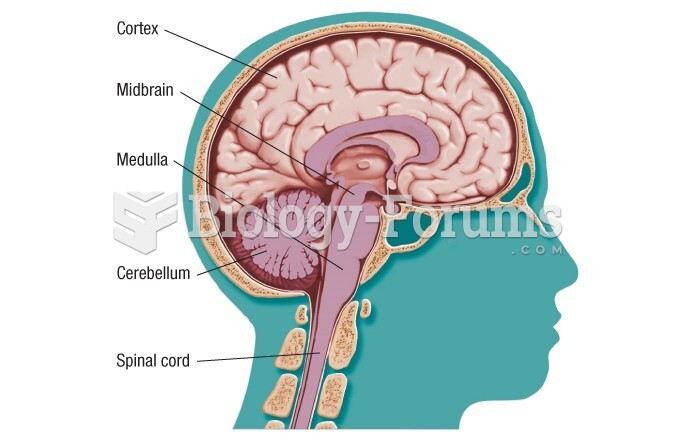This topic contains a solution. Click here to go to the answer
|
|
|
Did you know?
Amphetamine poisoning can cause intravascular coagulation, circulatory collapse, rhabdomyolysis, ischemic colitis, acute psychosis, hyperthermia, respiratory distress syndrome, and pericarditis.
Did you know?
Medication errors are three times higher among children and infants than with adults.
Did you know?
On average, the stomach produces 2 L of hydrochloric acid per day.
Did you know?
There are more bacteria in your mouth than there are people in the world.
Did you know?
Never take aspirin without food because it is likely to irritate your stomach. Never give aspirin to children under age 12. Overdoses of aspirin have the potential to cause deafness.
 Chimpanzees in nearby Mahale National Park practice a different grooming style: they clasp hands whi
Chimpanzees in nearby Mahale National Park practice a different grooming style: they clasp hands whi
 In some species, dominant females have more surviving offspring that mature earlier indicating an ad
In some species, dominant females have more surviving offspring that mature earlier indicating an ad





